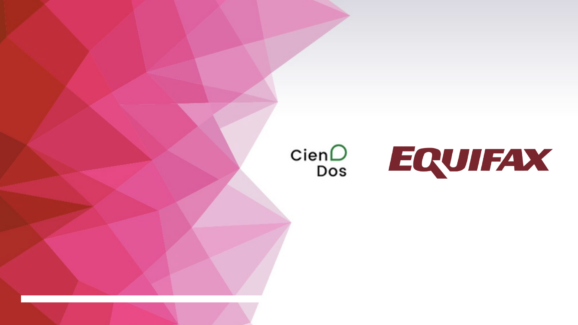Diversity and Inclusion in Tech: It’s Time to Focus on More than the Optics

We’ve just completed some (admittedly superficial) digging into a few of the top tech companies’ adverts. They’re pretty diverse. Over the last couple of years, Apple’s feature 64% BAME actors, by rough calculations. Amazon’s have 78%. And Lenovo’s had a 50/50 split between the sexes.
By contrast, of Apple’s 11 board members, all are white and one is a woman. Last year, Amazon appointed the first person of colour to its 10-strong board. And Lenovo, well one of their board of 10 is female…
While big tech spends big money producing high-budget adverts with diverse optics, behind the scenes things are very different. A recent Girls Who Code report pointed out 50% of women leave tech by the age of 35. And the proportion of women working in tech is now smaller, at 32%, than it was in 1984, at 35%.
Tech companies are some of the most competitive and forward-thinking businesses out there. And various studies have shown that companies with above-average diversity perform better than their competitors. What’s the use in being so cutting edge if tech can’t capitalise on these gains?
So rather than focus on how diversity in tech looks to the public, how can we make diversity in tech a real tangible thing that can help businesses grow and thrive?
Get Better at Attracting Diversity
There are probably a hundred companies paying a similar salary to you. It’s your Value Proposition that sets your business apart from the crowd, particularly in tech.
With many tech positions in high demand, companies compete through their added benefits: good work culture, progression or mobility opportunities, the ability to learn new skills, and work/life balance.
But for many, it’s how inclusive and diverse their workplace is. Not something that can be bluffed with a couple of pictures of BAME people on an advert and some nice words. Companies need to BE inclusive to attract inclusive and diverse candidates. As employees talk (and write things online), you need to put measures in place like:
- a clearly-laid out inclusion plan,
- a spirit of inclusivity from senior management to the most junior employee,
- Inclusivity committees/groups
Get Better at Hiring Diversely
Unconscious bias naturally creeps into the recruitment process. A Yale University study found scientists of both sexes, “trained to be objective, were more likely to hire men, and consider them more competent than women, and pay them $4,000 more per year than women.”
A recent piece we wrote on Talent Maturity discussed the importance of a well-developed team. And if that’s beyond a company’s reach, how valuable an external recruiter who can help them reach a mature level can be.
And combating unconscious bias is one of the things an outside recruiter can help with, using various measures:
Clearly Laid Out Requirements
We call this Scoping at Solutions Driven. Sitting down with the hiring manager, figuring out their requirements and what success looks like. Employees are less likely to be hired on “gut feel” (another form of unconscious bias) and the brief is followed by both sides throughout.
It provides the basis of the candidate scorecard where we set down what’s important and rank each section. Perhaps a degree is desirable but experience is more important? That’s taken into account.
Blind Shortlisting
It’s difficult to hire blindly when you’re hiring for yourself. Recruitment companies regularly present candidates blindly, allowing businesses to judge them on their skills and experience, rather than their name or where they’re from.
Companies then get the best talent presented to them to final interview, without any outside factors influencing the decision.
Psychometric Testing
One of psychometric testing’s main aims is eliminating unconscious bias. Teams can focus on a candidates’ personality, attributes, and skills, rather than looking for similarities to themselves.
It can also be used on the existing workforce to determine what skills and attributes are needed on teams and help identify the right fit for each role. By saying “we need an analytical thinker” recruiters can add this into their requirements, and hone in on the “perfect match”.
Hiring the Right Candidates
All we’ve spoken about until now is getting the right people for your company. But what about if your company is right for the employee?
As part of our Recruitment Process Intelligence (RPI) at Solutions Driven, we employ the 6F methodology.
We look at fit, freedom, family, fulfilment, fortune, and family to determine whether an employee and a company will work well together and if reasonable adjustments can be made to get the perfect candidate onboard.
It’s an important part of the hiring process, because unhappy employees don’t stick around. And in tech, where the job market is competitive, you don’t want to waste time hiring someone who’s just going to leave.
To find out more about how your business could improve on its diversity and inclusion initiatives, and how to hire right, first time, get in touch with Nicki Paterson from Solutions Driven at npaterson@solutionsdriven.com.
Photo by Tim Mossholder from Pexels



